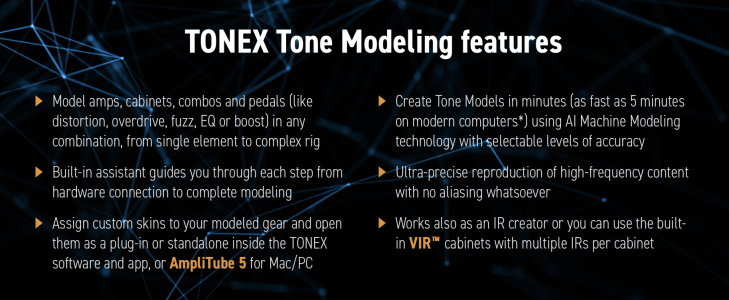Richard_G
Roadie
- Messages
- 708
While updating my Tonex software and Tonex One to get the new FX, I noticed this claim on the IK site: "Ultra-precise reproduction of high-frequency content with no aliasing whatsoever". Two things come to mind: 1) To what extent is this true?, and 2) Is this claim new?


